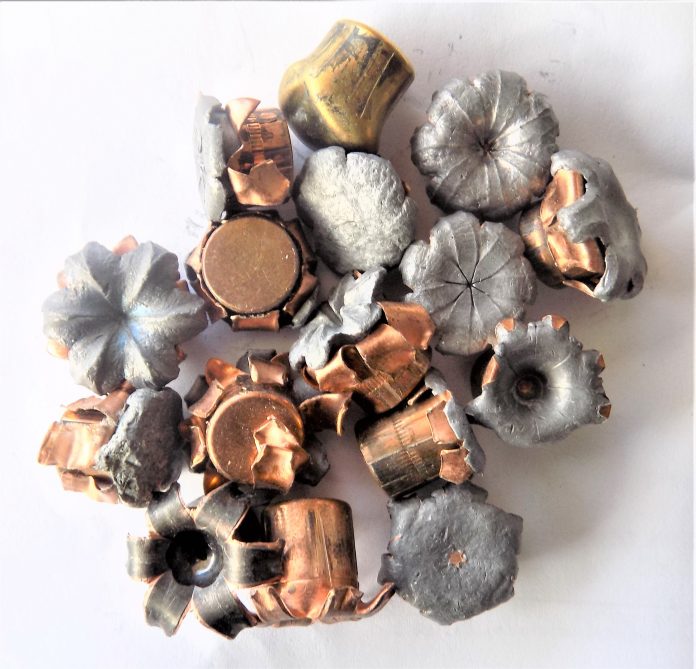
There was a time when only practical experience and word of mouth from experienced shooters was counted on.
[Editor’s snide remark: What constituted both practical experience and ‘experienced shooters’ was sometimes… broadly defined. Fuddlore is word of mouth and it is counted on… not by professionals but certainly by some.]
Imagine that! The basis for experimentation must be scientific and testing must be repeatable and verifiable. [This is where it differs from Fuddlore, where the only basis for acceptance was it kind of sounding like a good idea]
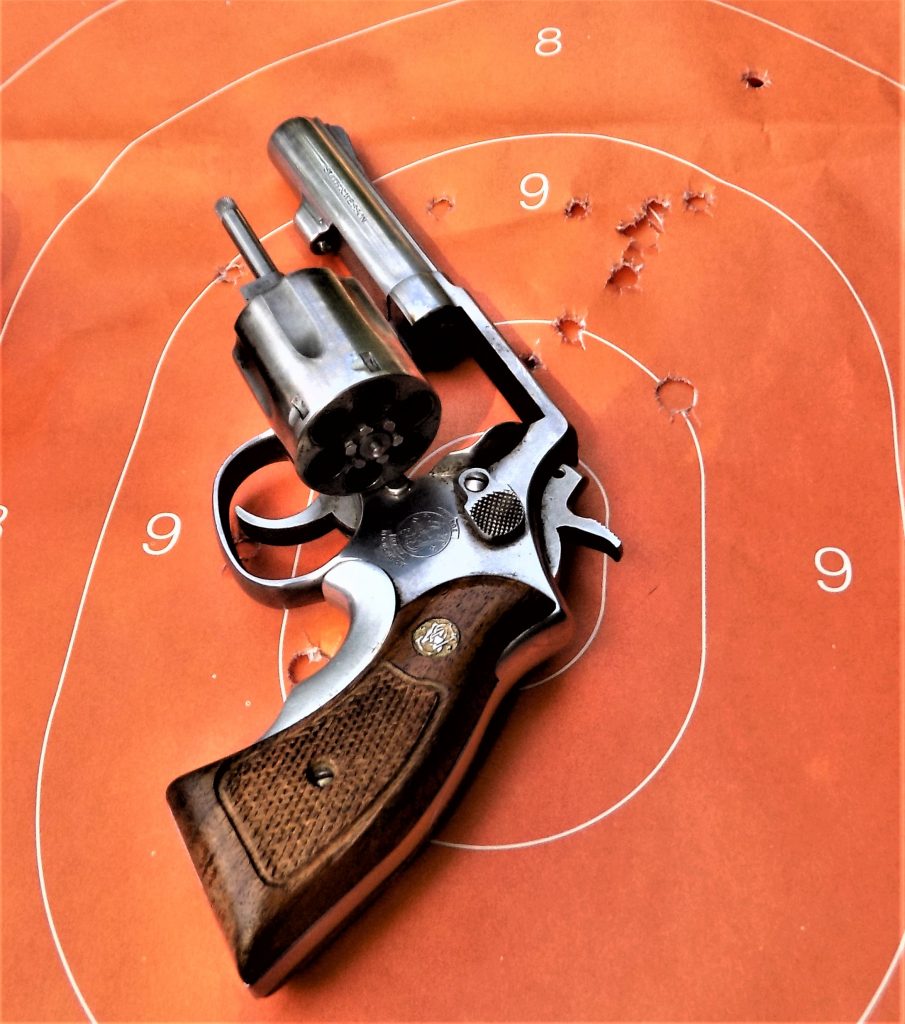
I like to give the reader an opportunity to get a handle on things. Quite often the things that the critic points out harshly are the things that majority of the readers find valuable. I have found that the subject of handgun wound potential or ‘stopping power’ isn’t a puzzle at all, but remains a puzzle to those that make it so.
Before the Civil War, there are many pistols called horse pistols. They were used to drop an enemy’s horse at arm’s length. A .58 to .72 caliber lead ball did the business. More horses than men were killed during those battles from 1830 to about 1900. The .36 Navy was among the first purely anti-personnel handguns. After all, sailors did not fight on horseback. At close range the soft lead ball expanded and proved effective. The .44 Army was even more effective. Adopted in 1860, the Army revolver addressed shortcomings of the .36 Navy. The Navy revolver lost much of its effect past fifty yards. With the pointed Minie ball, the start of modern conventional ball projectile design, neither caliber was particularly effective.
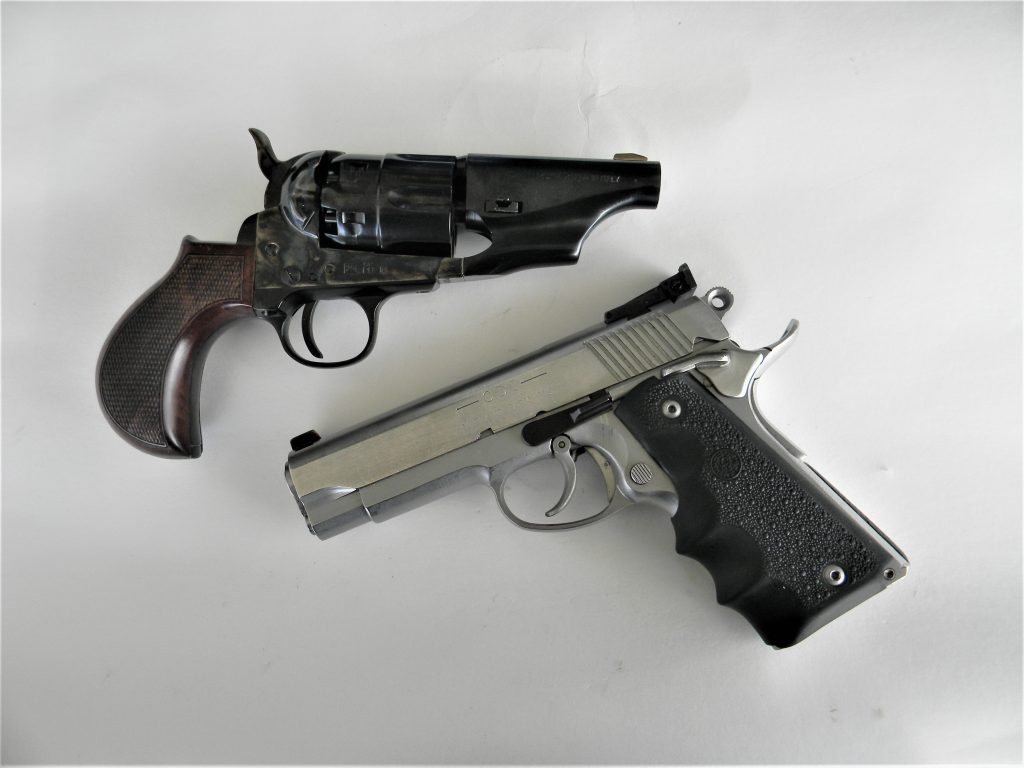
When the soft lead ball expanded wounds were severe. The .44 Army was a devastating load against men and horses. The various centerfire .38 and .44 caliber loads developed after the 1870s were unimpressive. The hard bullets did not expand. The .44 American, as an example, with a 200 grain flat nose bullet at 750 fps was no powerhouse. The development of the .45 Colt met an Army specification that the cartridge could ‘drop an Indian War Pony at 100 yards’. A 255 grain .454 inch bullet at over 800 fps is a formidable loading.
The debacle in the Philippines and the failure of the .38 Colt highlighted a misunderstanding of handgun wound potential. The .45 ACP was developed to provide soldiers with a cartridge effective against men, horses, and Jaguar. This paid off during the many deployments in choice regions after 1911.
This is old history but valid.
The problem is, how is handgun wound potential measured without resorting to a war or shooting a herd of wild animals? The standard was once pine boards to test handgun cartridges, penetration being the only criteria. Penetration is still the most important criteria. Duct Seal and clay were once widely used to test hollow points, both unrealistic media. Yet you still see those that do not get it using this material. We have plenty of poorly designed hollow points today that will not upset unless they hit a brick wall.
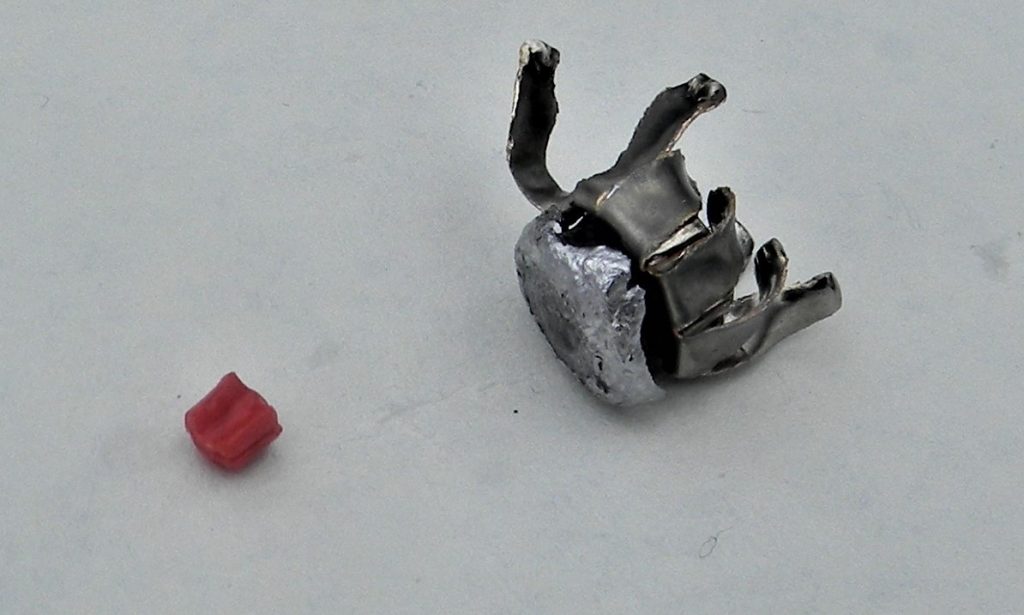
The best means of testing is carefully formulated ballistic gelatin, developed by trauma surgeons to replicate human tissue, as well as some highly significant scientific studies by Federal agencies. When I was a young peace officer we knew the .357 Magnum revolver and .45 ACP pistol were excellent choices, often solving the problem with a shot or two. The Magnum was preferred for use against light cover. This was before the terrible Miami Massacre when FBI agents were slaughtered by a felon armed with a rifle.
You are always outgunned when facing a rifle no matter what the handgun. Each felon was hit a dozen times or so. One took a .38 Special 158 grain LSWCHP at the base of his jaw and other body hits, another took a 9mm that stopped just short of his heart. The FBI undertook a series of tests that stand today as the best criteria for choosing handgun ammunition. The FBI is concerned with vehicle, glass, and light cover penetration.
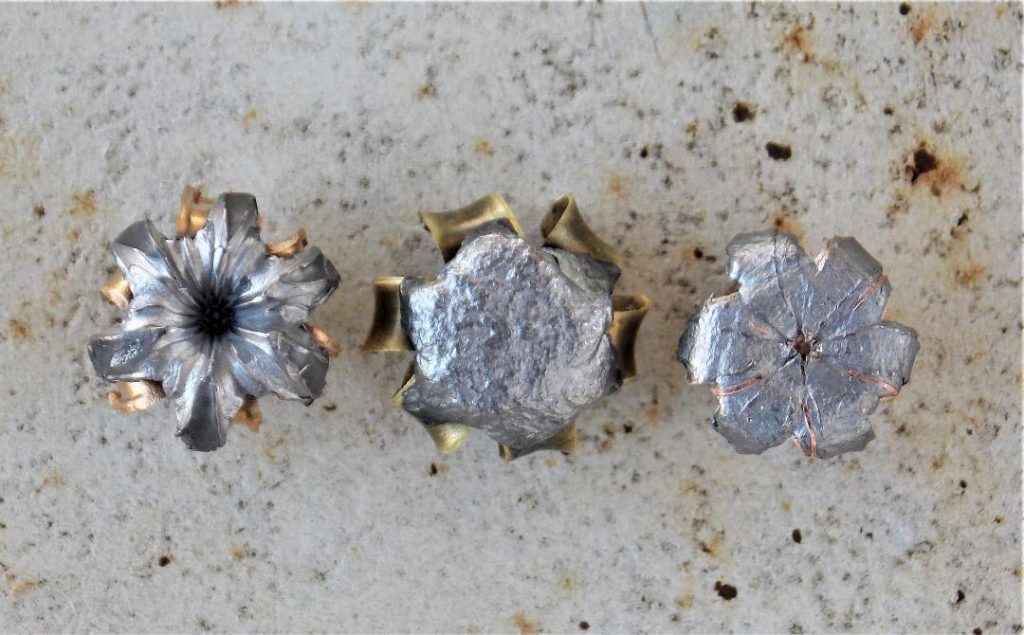
Perhaps we need not be so much concerned. But some of the most important parts of the test are often ignored. This includes reliability, accuracy, and a full powder burn. The ability to shrug off water, oil, and solvent as well as multiple chamberings cannot be overlooked. Accuracy is important. A clean powder burn means less muzzle flash and more consistent accuracy. An FBI contract load has proven itself as a reliable, accurate, and consistent loading.
About the same time the FBI was conducting these tests, several members of the popular press (for whatever reason) published a so called stopping power study. The results were terribly flawed if the test was conducted at all, which is up to debate.
Unrepeatable and unverifiable results are not valid. Secret sources are not valid. There is a huge difference between a federal agency conducting a scientific study to narrow the choice to a good all around service cartridge and a study intended either to sell ammunition or sell magazines. A bit later, a preposterous tale of secret goat shooting in which the participants supposedly shot drugged goats was widely circulated. My opinion was that it was a fairytale. Just the same, it sold some books until the credibility of the popular press was severely questioned, but then professionals had no use for such garbage in the first place.
As civilians we carry a firearm that is a compromise based on weight and size. The .38 Special and 9mm Luger are considered standard.
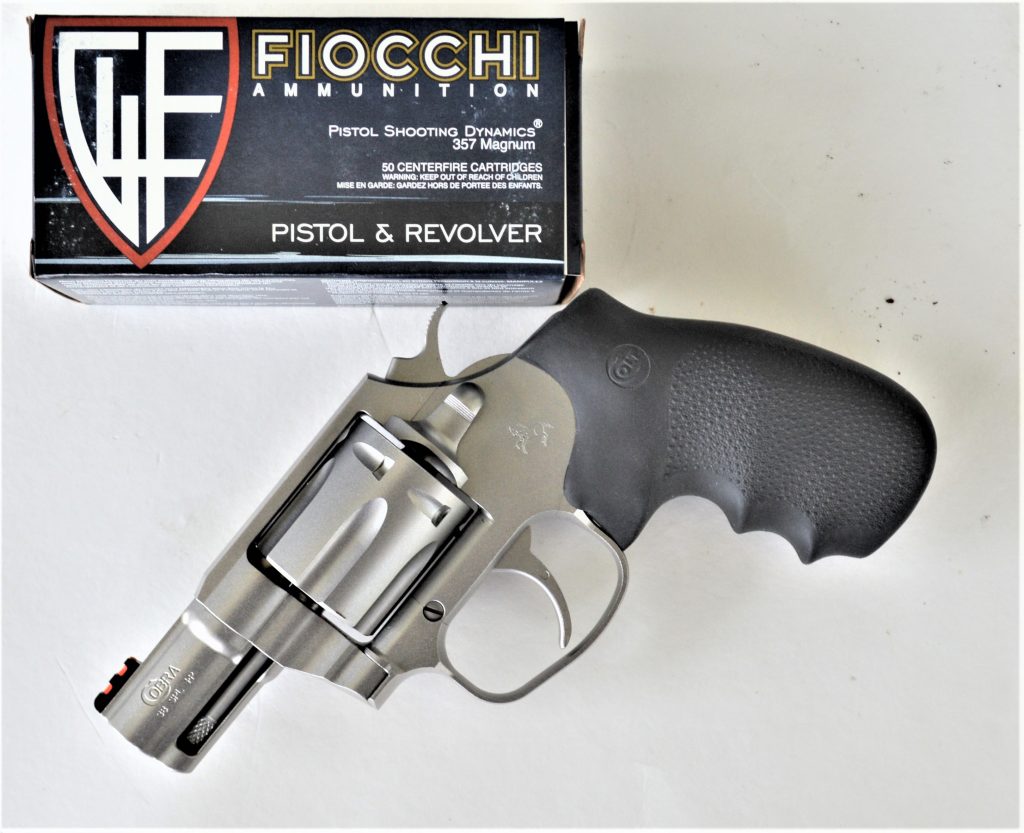
The popular press tells us all calibers are the same, shot placement is what matters. This is a half truth, an oversimplified explanation. There are significant differences in wound potential between calibers. As an example many of you have more hunting experience than I. Consider that a man and a deer are about the same size. A large deer or a man takes about as much to put down. Men, in my experience, are tougher than deer. We are a predator class animal. The only means of dropping either is blood loss or CNS (Central Nervous System) destruction. The bullet must penetrate to the blood bearing organs and create a sufficient wound to cause blood loss, or destroy the connective nerve tissues of the brain and spine. Simple enough.
Wound ballistics must be a science. Detractors of laboratory tests feel these tests cannot duplicate differences in point of impact, clothing, attitude, muscle structure and intoxication. But a ballistic scientist does not ask us to believe anything. He simply presents the results of his tests. The results are not only verifiable, they are repeatable, the real test of science. I don’t believe trick loads significantly alter the ability of a smallbore cartridge to inflict damage. I don’t accept anecdotal and hearsay. Even if the shootings actually occurred — which is reasonable to ask. There are conclusions made that are so irrelevant to the reality of interpersonal combat that they are not even worth publishing. If I have learned anything at all it is that a long gun is far superior to any handgun. If the .38 is weak and the .45 strong, scaling up they are identical compared to a 12 gauge shotgun or .223 rifle!
What Works
There are a lot of cheap brands and loads useful only for practice. The bullet doesn’t expand even if it looks like our highly developed domestic ammunition. Then there are trick loads with fragmenting bullets and catchy names. A bullet must penetrate to reach the blood bearing organs. If the bullet breaks up on a belt buckle or heavy leather jacket you have trouble, not enough blood loss (Miami). The attacker may be a member of our protein fed ex con criminal class who has worked out everyday for years and had a mix of hard muscle and heavy bones. A balance of penetration and expansion is needed. The .38 Special with +P loads is a minimal caliber. The 9mm +P is better. It takes considerable effort to master the .357 Magnum and a short barrel Magnum isn’t any better than a 9mm +P. I’ve found the four inch barrel Magnum is another matter. The .45 ACP is controllable with practice, low pressure, and offers a good balance of expansion and penetration. It can be effective even if the projectile fails to expand, offering a larger wound channel. The .40 and 10mm are certainly viable.
The load should exhibit a balance of expansion and penetration favoring penetration. Twelve inches of gelatin isn’t twelve inches of clothing, bone, and intervening material. Sixteen inches is a good realistic minimum. This will get the bullet to the vital organs. Some irrationally fear overpenetration. The best means of avoiding over penetration is not to fire unless you have a shot and place the shot in the center of the target. A bullet in the air is a danger to the innocent. A bullet in an attacker expands and helps stop the fight. A respected medical examiner that performed thousands of autopsies in a busy city wrote than perhaps half of all expanding pistol bullets actually expand properly. Shoot straight, choose a loading that is reliable and features a good balance of expansion and penetration, and hope for the best.
Specific choices- Loads using the Hornady XTP offer reliable feed and a good balance of expansion and penetration. The bullet doesn’t fragment but stays together and penetrates. Black Hills Ammunition offers loads using the XTP, and so does Fiocchi USA in the Extrema line. Winchester has the Defender and Remington the Golden Saber. The Speed Gold Dot is a credible and proven choice. Use one of these loads, concentrate on marksmanship, and keep practicing. That is the key to wound potential.
[Editor’s Final Remark: A good friend of mine once said, “Inside that gun is the bullet that is going to do the job and stop the threat, it is up to you to find it. You find it a lot faster if you’re hitting your target.”]



